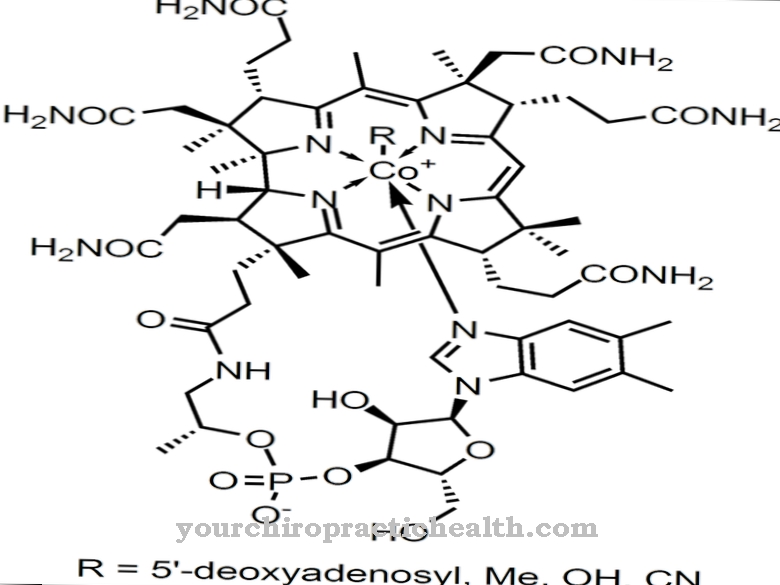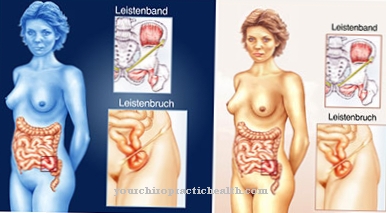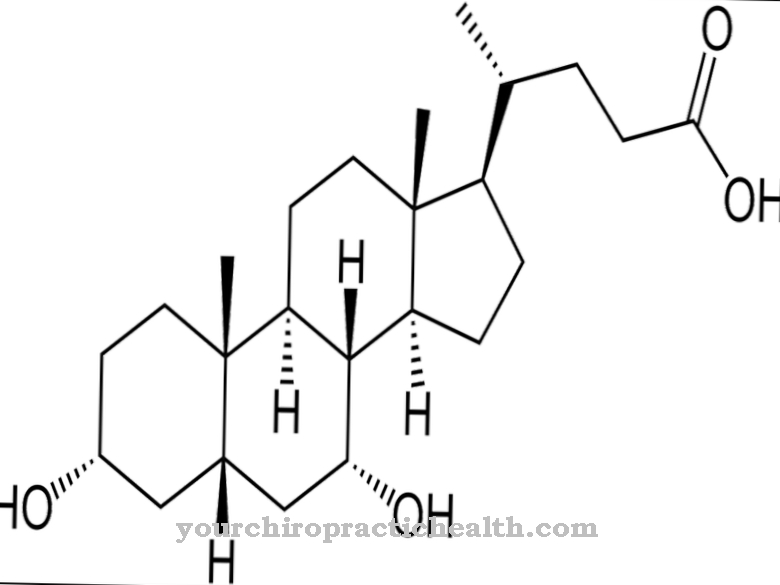Wheals, swellings, severe itching and redness: every fourth person suffers from spontaneous urticaria (hives) at least once in their life; 800,000 Germans suffer from the chronic form. The causes of the often agonizing skin disease are manifold, in some patients the cause cannot be found at all. How do the different forms of urticaria differ?
Acute urticaria

In acute urticaria, the symptoms do not last longer than six weeks. If the urticaria arises without a provoking external stimulus, it is called acute spontaneous urticaria. More than 90 percent of acute spontaneous urticaria only last a few days to weeks.
The more common causes include infections, drug intolerance (often fever-reducing pain relievers and antibiotics) and food allergies or intolerances. In any case, there must be a close temporal connection between, for example, taking a drug and the occurrence of the symptoms.
Chronic spontaneous urticaria
If the symptoms of spontaneous urticaria are still present after six weeks, doctors speak of chronic spontaneous urticaria. It can occur daily, weekly or even less frequently and last for years or decades. Those affected can often only bear this by taking regular medication. In the case of forms that are difficult to run, it is worth doing a thorough search for the trigger with the aim of eliminating them.
Chronic urticaria is again divided into three groups: About two thirds of all cases of chronic spontaneous urticaria can be assigned to them. In about a third of patients, the culprit remains unfathomable.
- Intolerance urticaria: Hypersensitivity to food ingredients such as colors, flavorings or preservatives. Foods rich in histamine such as ripe cheese and sausage can also trigger intolerance urticaria.
- Infectious urticaria: This is the response to inflammation in the body that does not have to cause further discomfort. Often it is gastrointestinal, ear, nose and throat or tooth root infections.
- Autoreactive urticaria: Intolerance of the body's own substances.
Chronic inducible urticaria
This group includes the urticaria forms, in which the symptoms only arise after certain stimuli. This is again divided into groups: The largest subgroup is symptomatic dermographism - also called urticaria factitia - which is one of the physical forms of inducible urticaria.
Rubbing, scratching or chafing leads to wheals, redness and itching within a few seconds or minutes - and only in the exact areas where the skin was irritated.
Pressure urticaria is to be distinguished from symptomatic dermographism, in which deep swellings follow hours after the application of pressure, which can even be painful in joint areas. The superficial wheals, however, do not occur in pressure urticaria.
Other forms of physical urticaria
Cold urticaria is a common form of physical urticaria. The term “cold” describes everything that is cooler than human skin. The higher the threshold temperature, i.e. the temperature that still triggers wheals, the more often the patient has symptoms.
During the course of the disease, the threshold temperature remains relatively stable, but can be lowered through treatment. It is more common in cold countries than in warm countries. Cold urticaria, for example, can lead to the consumption of cold drinks or ice leading to swelling in the throat area. Such swellings can not only cause swallowing difficulties, but also severe shortness of breath.
The rarer forms of physical urticaria include light urticaria, in which the typical wheals and itching occur after exposure to light, especially sunlight, usually in spring and summer, usually seconds to minutes after exposure to light. Since clothing does not keep out all UV rays, wheals can also form on covered parts of the body. Patients often only react to part of the wavelength range. Some react in the range of visible light, others only to UVA or UVB radiation.
Another - albeit rare - form of physical urticaria is heat urticaria, in which wheals and itching occur on areas of the skin that are exposed to heat. If it occurs in the warm air or in warm water in summer, it can be confused with solar urticaria.
Cholinergic urticaria is also one of the inducible forms of urticaria and it occurs quite frequently. Symptoms arise when the body temperature rises, for example from sweating, excitement or fever. Typical of this form are small wheals the size of a pinhead, which are surrounded by a larger reddening. After cooling down, the wheals disappear without a trace within minutes to hours.
More information about hives is available at http://www.nesselsuchtinfo.de.
You can find your medication here
➔ Medicines for rash & eczema


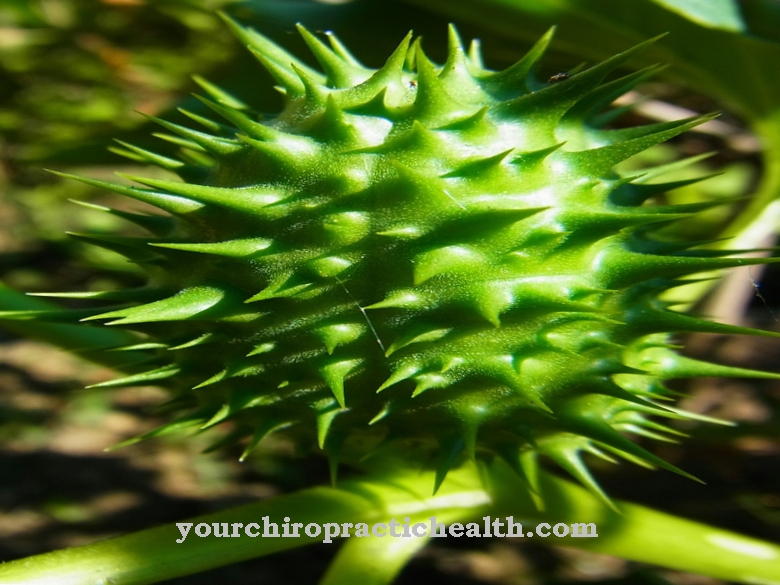





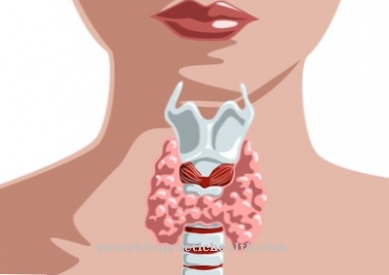





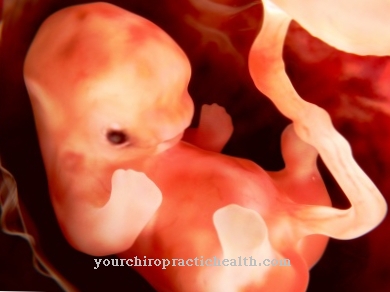
.jpg)


